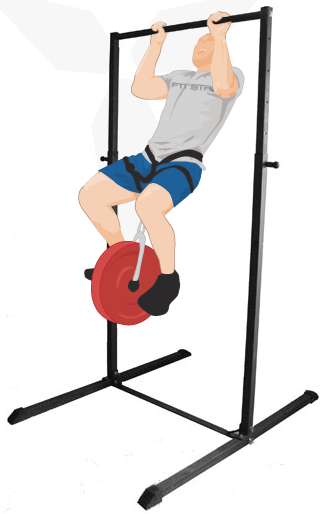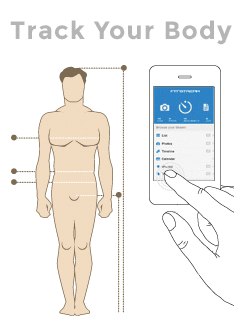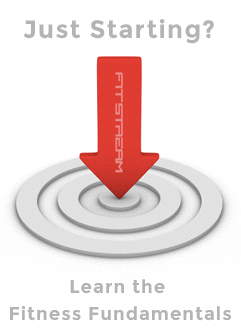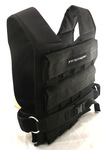Why you should be doing pull-ups
Pull-ups are a staple exercise that should be part of everyone's fitness training. The exercise coordinates multiple upper-body muscle groups to work in unison, contracting powerfully to raise your body up to the bar.
It's a true functional exercise and a fundamental favourite for developing lean muscle mass.

Great. I'm sold. How can I add pull-ups into my home fitness training?
Pull-up bar options
If you haven't a full body weight training rig at your disposal you have a few options for performing pull-ups at home -
- Doorway mounted pull-up bar
- Wall / ceiling mounted pull-up bar
- Gymnastics rings
- Free standing pull-up bar
In this article we're focusing on the advantages and disadvantages of the freestanding pull-up bar, but we'll give a quick look at the other options first -
Doorway mounted pull-up bar
Advantages:
- Cheap
- Portable
- Quick to install
Disadvantages:
- May require permanent fixings
- Can cause damage to the door
- Can be a pain finding a bar that's suitable for your doorway
- Limited in exercises that you can perform, such as the muscle-up
- You need to do your pull-ups in a doorway.
Mounted pull-up bars
- Safe
- Strong and sturdy
- Requires permanent fixings, screwed into rafters or walls
- Not portable
- (Probably) not height adjustable
Gymnastics rings for pull-ups
- Cheap
- Ultra portable and lightweight
- Flexible - can use them for total bodyweight training and not just pull-ups, check our ring exercises.
- Quick to setup and install (see - setting up fitness rings)
- Height adjustable
- More natural on the joints than a fixed bar
- Non-permanent fixings
- Can be used in addition to a standard pull-up bar or standalone
- You need to have somewhere to hang them (exposed rafters vs eye bolts)
- Typically more challenging to perform pull-ups on rings than traditional methods.
If you're after a set of gymnastics rings. We sell them here (just sayin').
Screw these options. I'm just interested in the freestanding pull-up bar.
OK, here we go...
Considering the free standing pull-up bar
There can be great differences in quality and performance of freestanding pull-up rigs between manufacturers, so hopefully this guide will give you some pointers on what to look out for...
Firstly, it's not as cut-and-dry as "advantages" and "disadvantages" when it comes to the free standing bars due to the varied range of designs available, but we'll summarise the stereotypical design first and follow this with other buying considerations...
Advantages of the free-standing pull-up bar
- It's easily portable
- May be collapsible for easy storage when not in use (great for home gyms)
- Able to perform a variety of exercises with no limitations (other than ceiling height!) e.g. wide grip pull-ups, front lever, muscle-ups...
- Some bars can offer dip exercises attachments, or alternative pull-up grips
- Can be height adjustable to suit your needs.
Disadvantages of the free-standing pull-up bar
- There's more of it, so it's typically more expensive than the other bars mentioned above.
- Less sturdy and more wobble than a fixed bar
Pull-up bar buying guide
The key factors about a freestanding bar design is the portability and storage benefits. Want to perform pull-ups in the garden? Move it outside. Want the bar in a different room? Shift it across... and when you're done with it collapse it down and hide it under the bed.
This is ideal for:
- Home gyms with limited space
- Personal trainers
- Folk that don't have the luxury of space for permanent fixtures, exposed rafters for rings, or have shitty DIY skills.
The free standing bars really can't be beaten when it comes to flexibility. They offer pull-ups, on your terms.
If however, portability and storage isn't a huge concern and you'll be training in the same place, unconcerned with a permanent install, then a fixed bar really is hard to beat. These pull-up bars can be wall or ceiling mounted and are a rock solid platform for your pull-up training.
The major drawback of free standing bars is their stability. Generally, unless you're buying a seriously heavy duty bar, the freestanding version is almost always going to be less sturdy than the fixed bar option. Even more so if it's a collapsible design.
Therein lies the trade-off that you need to strike a balance with - the more heavy duty the design, the less wobble you get, more money you part with, and less portable system you have...










